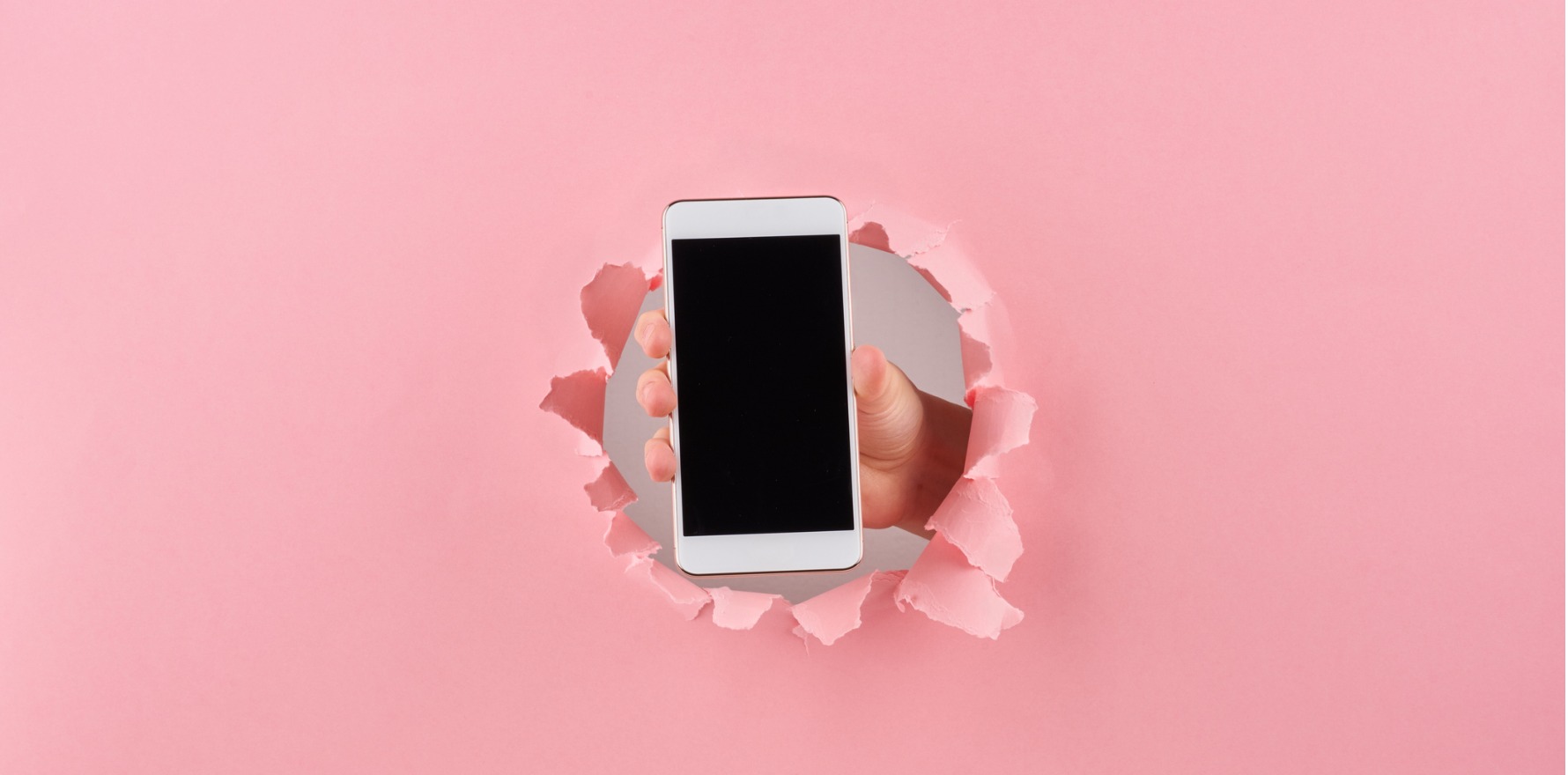But phone consults are languishing, despite the accessibility benefits and the lack of evidence for preferring video.
With phone and video consults mostly making up for the national drop in face-to-face Medicare-funded GP attendances over the pandemic, telehealth is here to stay as general practice finds its post-pandemic status quo.
According to MBS data, the number of GP attendances fell nationally by over 15% between the financial year preceding the pandemic (2018-19) and the 2022-23 financial year.
The recent financial year saw over 100 million Medicare-funded GP appointments recorded nationally – an average of almost four appointments per member of the public over the 12-month period.
Despite the fall in attendance compared to before the pandemic, the data show an almost 7% increase in GP attendances in 2022-23 financial year compared to 2021-22.
Unsurprisingly, this pattern – a decrease throughout the pandemic, with an upwards tick in the most recent financial year coming out of the pandemic period – was mirrored in a number of other in-person GP services.
GP mental health plans fell nationally by almost 17% between 2018-19 and 2022-23 but increased 3% in this financial year compared with the previous.
However, one set of GP services, unsurprisingly, bucked the trend.
Telehealth and phone services followed the opposite trajectory – rising throughout the pandemic and dipping slightly in the 2022-2023 financial year, almost accounting for the reductions in GP attendance.
While in-person GP attendance dropped by approximately 27 million in the 2018/2019 financial year compared to the final fiscal year of the pandemic (2021/2022), telehealth and phone services increased by approximately 1.2 and 25 million services respectively in the same period.
As in-person attendances have begun creeping upwards in the wake of the pandemic, telehealth and phone services have fallen by over half a million and almost 7.5 million respectively.
Speaking to The Medical Republic, Dr Bruce Willett, vice president of the RACGP, said the data showed that “telehealth is here to stay”.
“It’s an important part of what we do. We, GPs, can add value with a mixture of face-to-face and telehealth consultations.”
Despite many practices being forced to move away from bulk billing and charge additional fees due to the “chronic underfunding of Medicare” and payroll tax eating up bulk-billing incentives, Dr Willett said the figures showed an understanding by the community about the need for these extra costs.
“I think the underlying figures show that [additional costs are] understood by the community and, despite the cost-of-living pressures that everyone’s under, people understand,” he said.
Interestingly, following a reshuffle of the MBS item reimbursement for phone appointments in preference for telehealth, there has been a massive curtailing of GP management plans, team care arrangements and multidisciplinary care plans provided over the phone from just under two million nationally in 2020-21 to only 102 in 2022-23.
Despite telehealth increasing from around 40,000 to just under 300,000 services in the same timeframe, it didn’t pick up all of the slack.
Although the fall in over-the-phone provision was mirrored in the provision of mental health plans, phone remained the preferred method of delivery of mental health plans over video telehealth throughout the pandemic to now.
“I think GPs are a little bit concerned about the privileging of video over phone, particularly with patients that we have long standing relationships with and know well,” said Dr Willett. “Oftentimes, the feeling from a lot of GPs is that phone is as good.
“A lot of patients who need the telehealth most are the least able to access that video. So a lot of my older patients, indigenous patients, people with disabilities sometimes struggled to access the video and phone is much more accessible for them.”
“I think GPs feel that it’s really important that we don’t denigrate phone, and that the advantages of video over phone are often overstated.”





